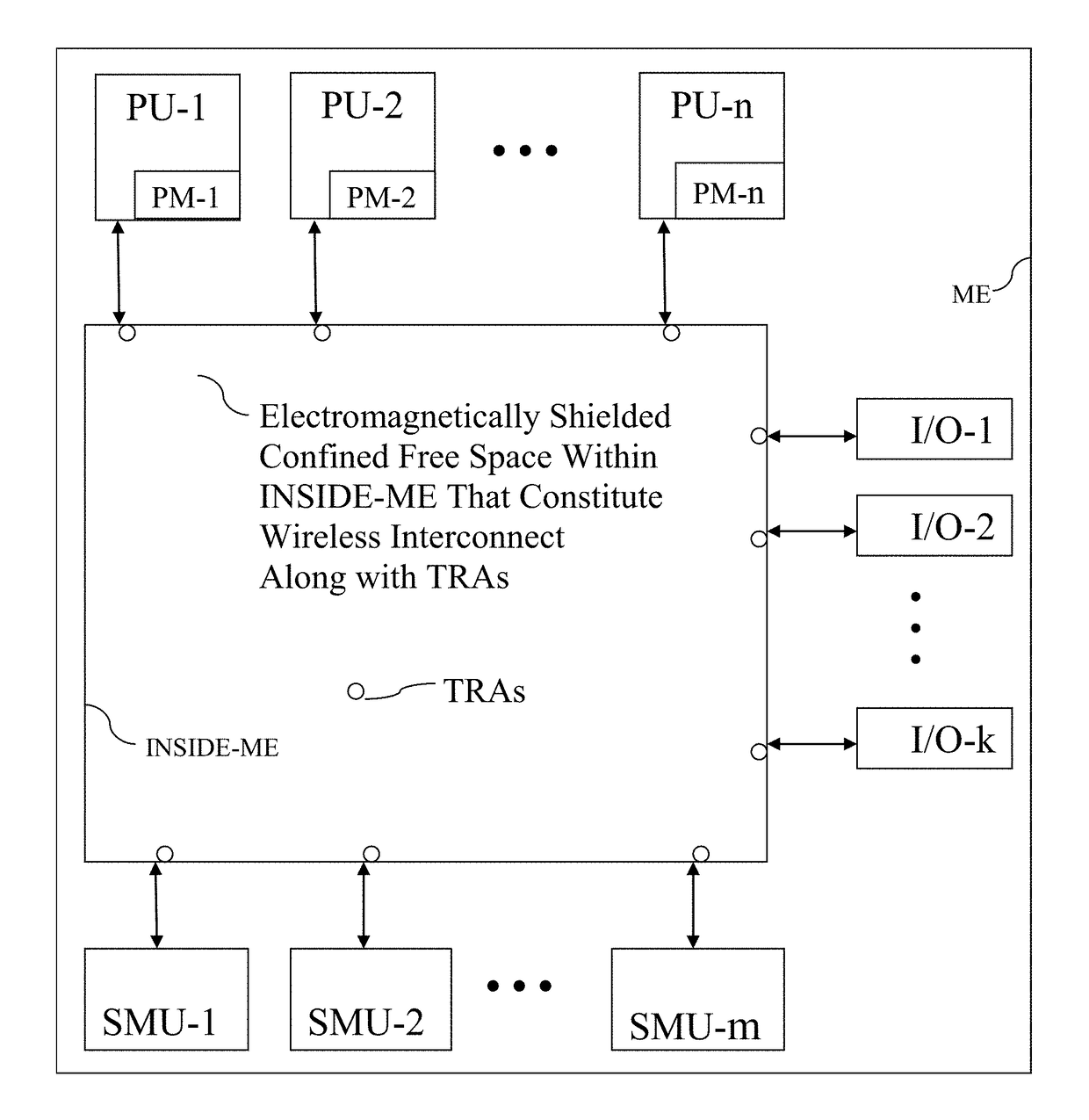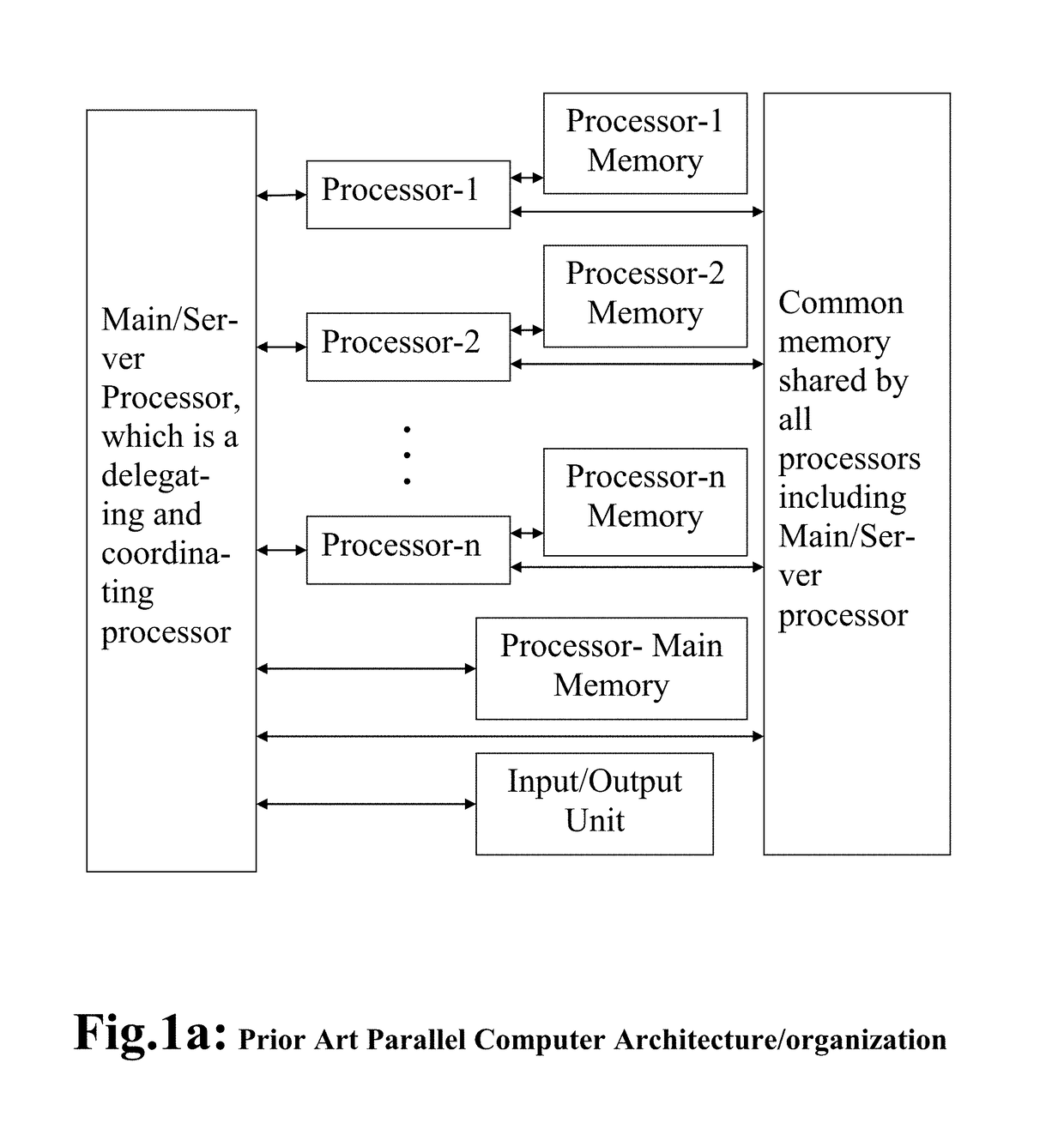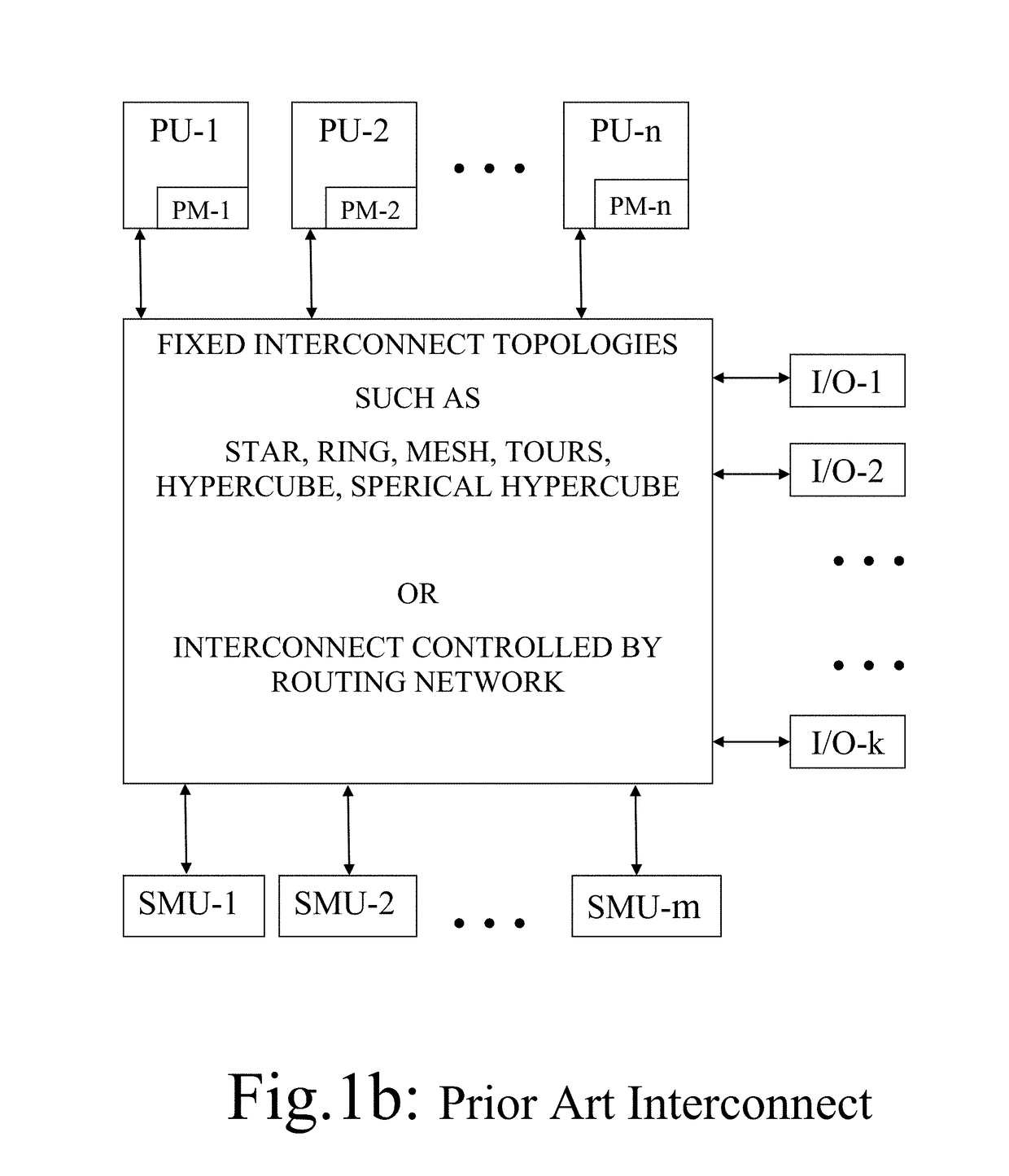Multiprocessor computing apparatus with wireless interconnect and non-volatile random access memory
a multi-processor computing and wireless interconnection technology, applied in the field of multi-processor computing apparatuses, can solve problems such as cis or mis, and achieve the effects of reducing power consumption, facilitating high throughput, and high speed
- Summary
- Abstract
- Description
- Claims
- Application Information
AI Technical Summary
Benefits of technology
Problems solved by technology
Method used
Image
Examples
Embodiment Construction
[0076]Present invention is about putting MCA or any other similar apparatus / equipment / device into an electro-magnetically shielded and sealed Metallic Enclosure (ME) or Container, and using wireless means for communication among its components mounted / fabricated / integrated / embedded with TRAs. The Wireless Interconnect (WLI) constitutes enclosed free space within an electromagnetically shielded and sealed ME and / or INSIDE-ME and TRAs mounted / fabricated / integrated / embedded one on each of the components of MCA. WLI provides a means of wireless communication among components of MCA. Aluminium, Copper, CNT, GNR or any pure or alloy metal that is good conductor of both heat and electricity can be used in making ME and INSIDE-ME. The ME also acts as heat sink for component ICs of the MCA, or an apparatus or an equipment, or a device, and if required it can be corrugated and / or finned on the outside to increase surface area for heat dissipation. The ME of MCA, or an apparatus or an equipmen...
PUM
| Property | Measurement | Unit |
|---|---|---|
| frequency | aaaaa | aaaaa |
| frequency | aaaaa | aaaaa |
| surface area | aaaaa | aaaaa |
Abstract
Description
Claims
Application Information
 Login to View More
Login to View More - R&D
- Intellectual Property
- Life Sciences
- Materials
- Tech Scout
- Unparalleled Data Quality
- Higher Quality Content
- 60% Fewer Hallucinations
Browse by: Latest US Patents, China's latest patents, Technical Efficacy Thesaurus, Application Domain, Technology Topic, Popular Technical Reports.
© 2025 PatSnap. All rights reserved.Legal|Privacy policy|Modern Slavery Act Transparency Statement|Sitemap|About US| Contact US: help@patsnap.com



